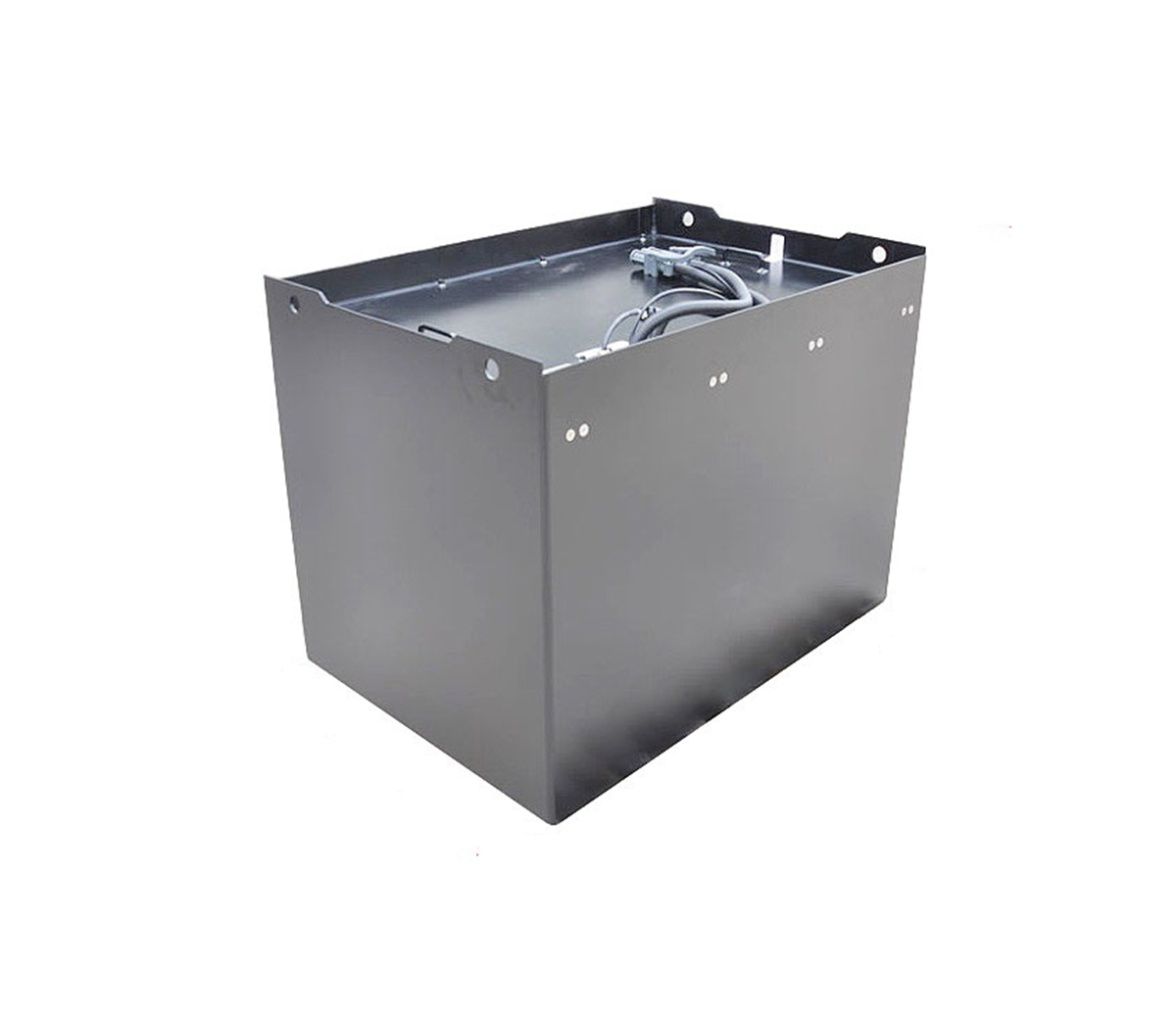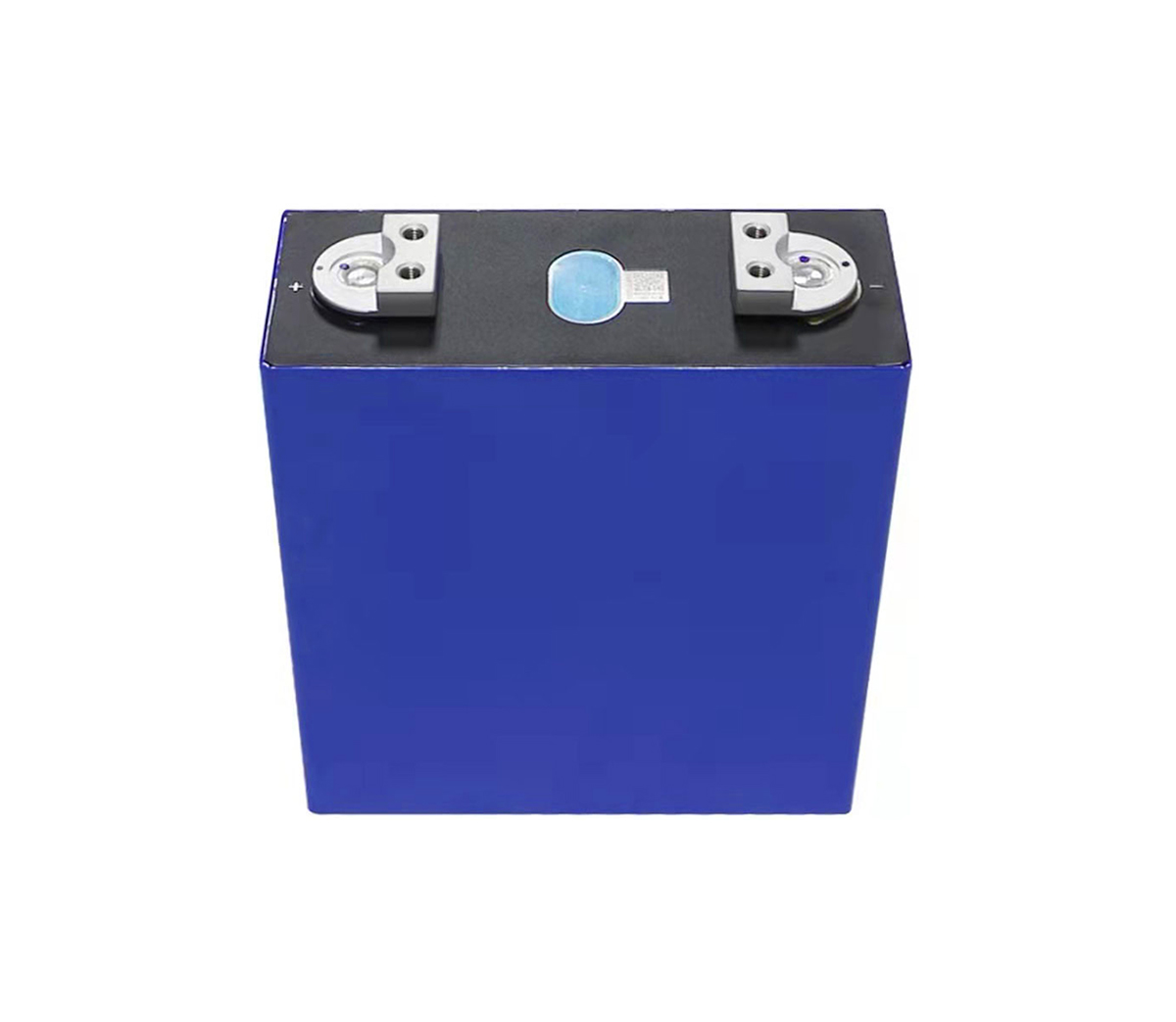
Since the screens of smartphones have become bigger and bigger, the battery
life of mobile phones has become the object of complaints by many people. And
fast charging technology has naturally become the savior, helping mobile phone
manufacturers alleviate battery life problems. After all, getting a mobile phone
to fully charge faster can still bring substantial help to many people.
Many people actually don't understand fast charging, so it is easy to
misunderstand this technology. For example, is fast charging safe or not? Will
it damage the cell phone battery? Then we start with these questions to
understand this technology that will be popularized in smart phones.
What is fast charge?
To understand this problem, we should first look at the principle of
battery charging. During the charging and discharging process of the battery,
the cathode and anode release and absorb ions. The oxygen generated by these
positive electrodes can be absorbed by the negative electrode through the
diaphragm and gas chamber, and the entire chemical reaction forms a cyclic
reaction form, which is a simple charging process.
At present, several mainstream fast charging technologies, including
Qualcomm QuickCharge2.0, MediaTek PumpExpress, and OPPOVOOC flash charging, are
basically implemented in the following ways:
The voltage remains unchanged, and the current is increased;
The current is unchanged, and the voltage is increased;
Both voltage and current increase.
This is like pouring water into a pool. Increasing the voltage and current
is like increasing the speed of water flow and the amount of water per unit
time. When the parameters are increased, the speed of filling with water (full
charge) will also be significantly improved.
But to truly realize fast charging on mobile phones, it is not only enough
to increase the voltage and current. Fast charging technology requires a set of
customized circuits, batteries, interfaces, data cables and supporting fast
charging adapters. At the same time, you also need to build a set of smart power
management system so that the mobile phone can provide safe and intelligent
according to different charging conditions. Charge protection.
What is the difference between Qualcomm/OPPO/MediaTek three fast
charging?
Because fast charging technology has very high requirements for circuit
design and chips, it is often difficult for many manufacturers who purchase
chips to manufacture mobile phones to independently develop their own fast
charging technology. Of course, OPPO is an exception. As early as when the
concept of fast charging did not take root, it had already seized the
opportunity to make an amazing "charge for five minutes, talk for two hours"
fast charging technology.
What kind of mobile phone supports fast charging?
The mobile phones that currently support fast charging basically have these
factions: Qualcomm, OPPO, MediaTek, and so on.
Let me talk about the Qualcomm faction. As a chip company, it only needs to
add a power management module that supports fast charging to the Soc (processor)
to provide the complete fast charging solution to other mobile phone companies,
reducing some of the R&D costs of mobile phone manufacturers. . But everyone
uses a set of fast charging solutions, it is difficult to attract more
consumers, or one less gimmick. Therefore, many manufacturers slightly modified
the former scheme and introduced the vest scheme. For example, Samsung's
FastCharge is actually Qualcomm's QuickCharge2.0 vest.
At present, Qualcomm QuickCharge2.0 mainly realizes fast charging by
simultaneously increasing the charging voltage and current. In fact, as long as
you recognize which series of Qualcomm's CPU model is your mobile phone? You can
know whether your mobile phone supports fast charging. However, many mobile
phone manufacturers have castrated Qualcomm's fast charging function. You still
need to check the model. Currently, mobile phones using Qualcomm chips still
account for a larger share of the fast charging mobile phone market. Of course!
Qualcomm QuickCharge3.0 is already on the way. The VOOC flash charging
technology of the OPPO faction is not groundless. When OPPOFind7 was released in
2014, this phone was equipped with the first generation of OPPO flash charging
technology. OPPO has made a fuss about the battery and interface of the mobile
phone. Its battery has 4 more contacts than ordinary batteries, and the
interface has also increased to 7 pin interfaces. The OPPO generation VOOC flash
charging method is like putting a few more water pipes in the pool to fill water
together, and the charging speed has been significantly improved.
In the second generation, starting from OPPON3, OPPO flash charging
technology not only solves the problem of too large adaptation, but also
increases the charging output to 5V/5A. On the R7Plus and R7s, OPPO has promoted
its fast charging technology to an unprecedented level. At present, OPPO's
mid-to-high-end models basically support this fast charging technology in
2014.
MediaTek’s MTK faction is a fast charging technology developed after rival
Qualcomm became popular. Like Qualcomm, as a chip company, it is not difficult
for MediaTek to develop fast charging technology. However, compared with
Qualcomm, MediaTek's PumpExpress fast charging technology is slightly inferior.
PumpExpressPlus charging technology is opened on platforms such as MT6595 and
MT6732, and the maximum output reaches 9V2A (18W), which is only about 50%
faster than normal charging speed, but compared with Qualcomm's output of up to
36W, the gap is still quite large.
MediaTek’s fast charging technology has been changed and renamed just as it
was in Meizu’s hands. Meizu’s mCharge is exactly the vest of PumpExpressPlus. At
present, most of the thousand yuan phones and mid-range phones that use MTK
chips, including LeTV, Meizu, etc., support MTK's fast charging technology.
Is it fast to charge a mobile phone that supports fast charging?
Need a fast charging power adapter
No, when it comes to charging, only the mobile phone can't slap it. A
mobile phone that supports fast charging needs to be equipped with a power
adapter that supports the same technology to achieve fast charging. One end of
the charger plug is plugged into a 220V AC socket, and the other end is
connected to a mobile phone that supports fast charging with a data cable. The
whole process converts high-voltage alternating current into low-voltage (such
as 5V) direct current through a transformer. If the power adapter does not
support fast charging, the output voltage will not meet the fast charging
standard.
This is especially true for mobile power supplies that support fast
charging. So even if you have a mobile phone that supports fast charging, if
your mobile power supply does not support fast charging, the charging speed will
not quick.
Fast charging of different standards cannot be shared
If I use a mobile power bank or power adapter that supports Qualcomm's fast
charge to charge an OPPO mobile phone that supports fast charge, can fast charge
be achieved? No, because each company has different fast charge standards due to
different power management chips , So it is impossible to achieve fast charging
by mixing and sharing.
Is fast charging dangerous? Will it cause damage to the battery?
Having said so much, let’s go back to the question that everyone is most
concerned about.
Is fast charging dangerous?
At present, each fast charge still has a certain technical guarantee.
Because in a set of fast charging solutions, the power management module has
already preset the highest voltage, current, temperature and other safety
protection mechanisms that the mobile phone battery can withstand, including
temperature protection, short-circuit protection, over-discharge protection,
over-current protection, Many protection technologies such as overvoltage
protection, to be precise, this fast charging technology is relatively safe. Of
course, because the current and voltage of fast charging are higher than those
in normal charging, it is not ruled out that there is a certain probability that
some dangerous accidents will be caused when the power management module fails,
but this is another matter.
Will it damage the battery?
Earlier we learned about the charging principle of the battery, and I
believe that our friends have basically understood some. From the principle
point of view, the damage of the battery basically comes from two aspects: on
the one hand, when the battery is charged and discharged, the cathode and anode
of the battery will shrink and expand with the release and absorption of ions,
and long-term fast charging will damage the battery. On the chemical substances,
resulting in shortened battery life. On the other hand, during fast charging,
due to the relatively high current, the thermal effect of the current will be
aggravated, causing the battery to generate high temperature, which will also
cause the capacity to suddenly decrease and the battery cell to be permanently
damaged.
In fact, under normal charging conditions, the battery can actually cause a
little damage, but the damage is minimal, and it takes up to a year or more to
show up on the mobile phone. Therefore, whether it is fast charging or ordinary
charging, it will actually cause irreversible damage to the battery, but the
damage of fast charging will be slightly stronger than that of ordinary
charging. However, under the various guarantees of the current fast charging
technology, this battery damage is still in a safe and reasonable state.
In general, given that most mobile phones now have non-replaceable
batteries, for those who want to use their phones for a few years, it’s best not
to choose fast-charging phones. For most people who change every year, this
impact is minimal.



































